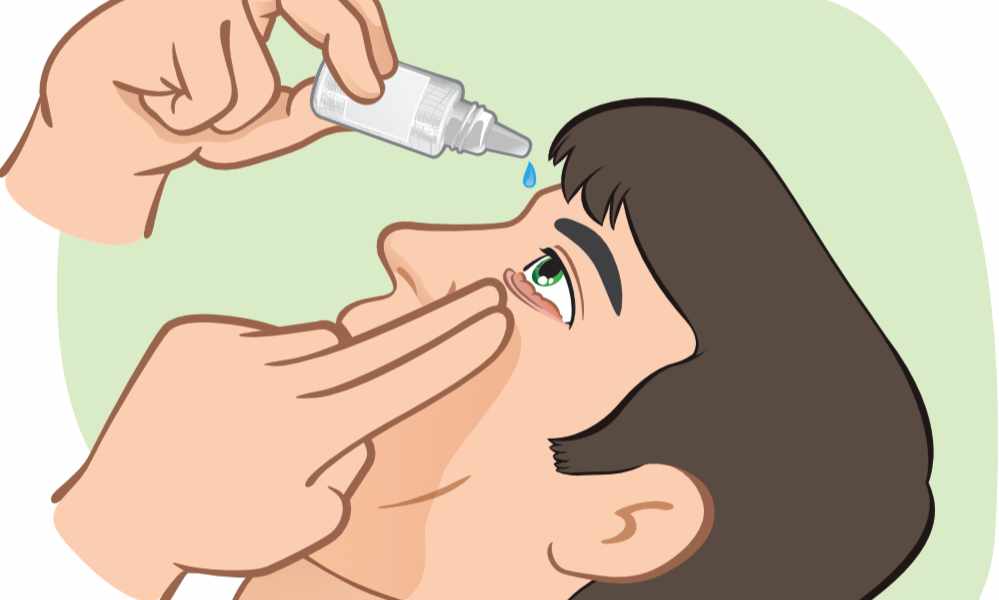Eye Drops: Understanding Their Uses, Benefits, and Types
Eye drops are a common over-the-counter solution used to address various eye-related issues, from minor irritations to more serious conditions. These liquid formulations are designed to be applied directly to the eyes, providing relief and improving overall eye health. As our population ages and screen time increases, the importance of proper eye care has become more pronounced than ever. This article will explore the world of eye drops, their various applications, and how they can contribute to maintaining healthy vision.

What are the common types of eye drops available?
There are several types of eye drops available, each designed to address specific eye concerns:
-
Artificial tears: These are used to lubricate dry eyes and provide relief from irritation.
-
Allergy eye drops: Formulated to alleviate itching, redness, and swelling caused by allergies.
-
Antibiotic eye drops: Prescribed to treat bacterial eye infections.
-
Glaucoma eye drops: Used to manage intraocular pressure in patients with glaucoma.
-
Steroid eye drops: Prescribed to reduce inflammation in certain eye conditions.
-
Prostaglandin analogs: Used to treat glaucoma by increasing the outflow of fluid from the eye.
The choice of eye drops depends on the specific eye condition or symptom being addressed.
How can eye drops help with aging-related vision issues?
As we age, our eyes become more susceptible to various conditions that can affect vision quality. Eye drops can play a crucial role in managing age-related eye issues:
-
Dry eye syndrome: Common in older adults, this condition can be alleviated with artificial tears or lubricating eye drops.
-
Glaucoma: Prescription eye drops can help manage intraocular pressure and slow down the progression of glaucoma.
-
Age-related macular degeneration (AMD): While eye drops cannot cure AMD, some formulations may help slow its progression or alleviate symptoms.
-
Cataracts: While eye drops cannot prevent or cure cataracts, certain types may help alleviate associated discomfort.
Regular use of appropriate eye drops, as recommended by an eye care professional, can contribute to maintaining eye health and comfort as we age.
Are there any risks or side effects associated with using eye drops?
While eye drops are generally safe when used as directed, there are potential risks and side effects to be aware of:
-
Allergic reactions: Some individuals may be sensitive to preservatives or other ingredients in eye drops.
-
Overuse: Excessive use of certain eye drops can lead to rebound redness or other unwanted effects.
-
Contamination: Improper handling or storage of eye drops can lead to bacterial contamination.
-
Interaction with other medications: Some eye drops may interact with oral medications or other eye treatments.
-
Temporary blurred vision: Some drops may cause brief visual disturbances after application.
It’s essential to follow the instructions provided with the eye drops and consult an eye care professional if you experience any unusual symptoms or side effects.
How do eye drops compare to other vision correction methods like glasses or contacts?
Eye drops serve a different purpose compared to vision correction methods like glasses or contact lenses. While glasses and contacts primarily address refractive errors such as myopia, hyperopia, or astigmatism, eye drops are typically used to treat eye conditions, provide lubrication, or manage symptoms.
| Method | Primary Purpose | Advantages | Disadvantages |
|---|---|---|---|
| Eye Drops | Treat eye conditions, provide lubrication | Easy to use, target specific issues | May require frequent application, potential side effects |
| Glasses | Correct refractive errors | Non-invasive, low maintenance | May be inconvenient for some activities |
| Contact Lenses | Correct refractive errors | Provide natural vision, suitable for active lifestyles | Require proper care, potential for eye infections |
Prices, rates, or cost estimates mentioned in this article are based on the latest available information but may change over time. Independent research is advised before making financial decisions.
While eye drops cannot replace the need for vision correction in cases of refractive errors, they can complement other eye care methods by addressing specific eye health concerns and providing relief from various symptoms.
In conclusion, eye drops are versatile and valuable tools in maintaining eye health and addressing various eye-related issues. From providing relief for common problems like dry eyes to managing more serious conditions such as glaucoma, eye drops play a crucial role in eye care. As with any medical treatment, it’s important to use eye drops as directed and consult with an eye care professional for personalized advice and recommendations.
This article is for informational purposes only and should not be considered medical advice. Please consult a qualified healthcare professional for personalized guidance and treatment.






